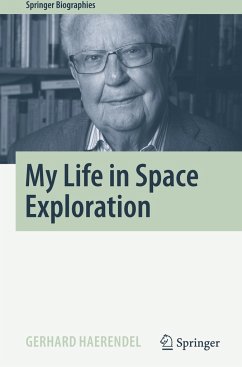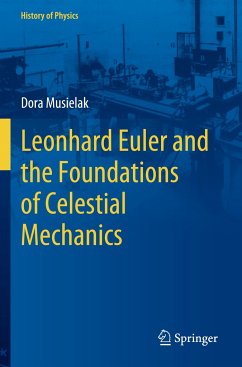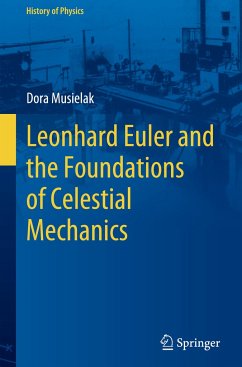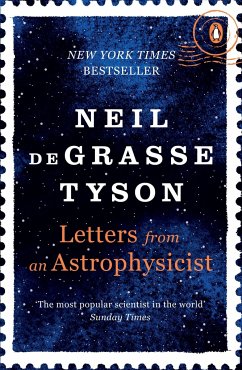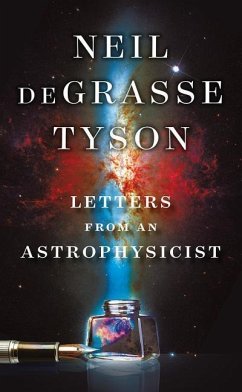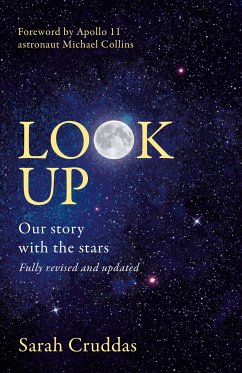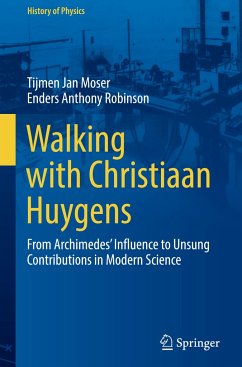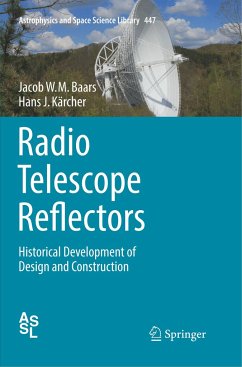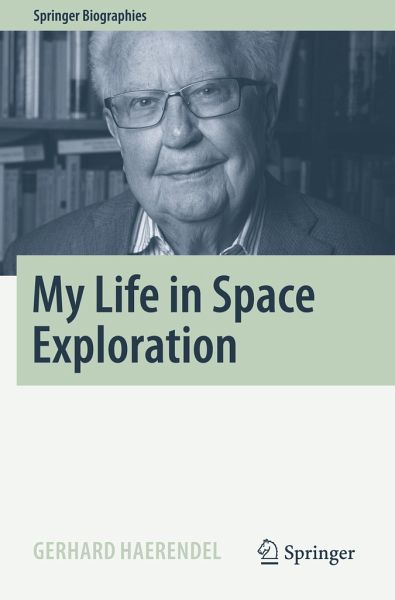
My Life in Space Exploration
Versandkostenfrei!
Versandfertig in 6-10 Tagen
34,99 €
inkl. MwSt.
Weitere Ausgaben:

PAYBACK Punkte
17 °P sammeln!
This book tells the inside story of Germany's first contributions to space research by experiments with artificial plasma clouds in space. In this autobiography, Gerhard Haerendel, former director at the Max Planck Institute for Extraterrestrial Physics, describes his 60 adventurous years in space research. The narrative of exciting events-covering 40 years of rocket and satellite work-is underpinned with accessible accounts of the actual physical phenomena and processes involved. The reader also learns about how the goals set by a visionary astrophysicist eventually led to one of Germany's fi...
This book tells the inside story of Germany's first contributions to space research by experiments with artificial plasma clouds in space. In this autobiography, Gerhard Haerendel, former director at the Max Planck Institute for Extraterrestrial Physics, describes his 60 adventurous years in space research. The narrative of exciting events-covering 40 years of rocket and satellite work-is underpinned with accessible accounts of the actual physical phenomena and processes involved. The reader also learns about how the goals set by a visionary astrophysicist eventually led to one of Germany's first major contributions to space research by the creation of artificial comets in the solar wind.
Haerendel's efforts also led to two further satellite programs, one in partnership with Sweden, focusing on the aurora borealis, the other, a national German endeavor, to explore the outer border of the magnetosphere. A further interesting chapter concerns his engagement in the evaluationand restructuring of eastern German Academy institutes after reunification.
All readers interested in space research and its history will enjoy sharing the fascinating experiences and dramatic events that accompany the story throughout, even some spectacular failures relating to rocket campaigns.
Haerendel's efforts also led to two further satellite programs, one in partnership with Sweden, focusing on the aurora borealis, the other, a national German endeavor, to explore the outer border of the magnetosphere. A further interesting chapter concerns his engagement in the evaluationand restructuring of eastern German Academy institutes after reunification.
All readers interested in space research and its history will enjoy sharing the fascinating experiences and dramatic events that accompany the story throughout, even some spectacular failures relating to rocket campaigns.



